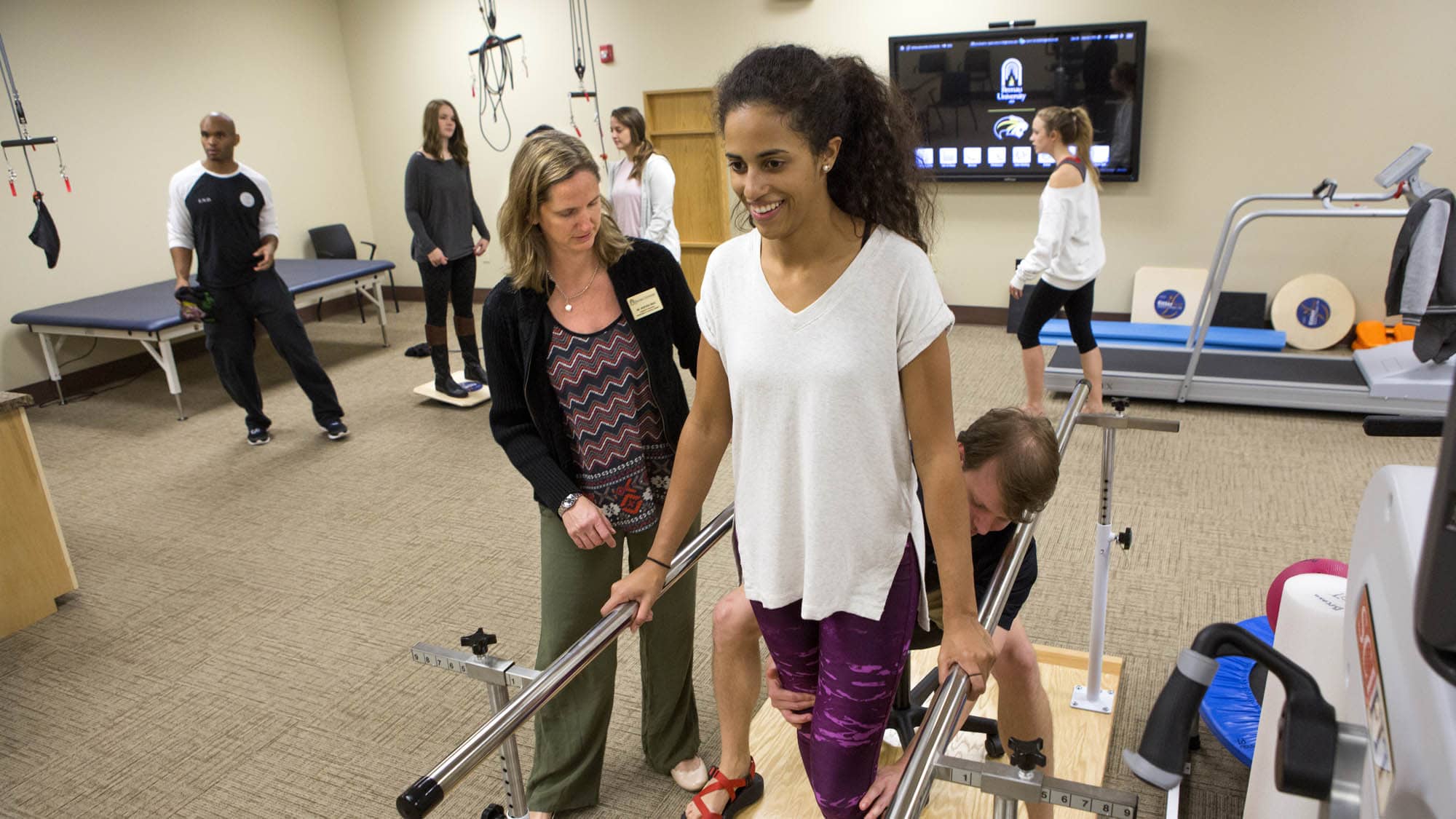Essential Effect of Athletic Rehabilitation on Accelerating Injury Recovery and Improving Athletic Output
Wiki Article
Athletic rehabilitation plays a crucial role in helping sportspeople heal from traumas and improve their total capability. When athletes get injured, it can be disheartening and discouraging. However, with the right recovery program, they can come back to their sport more robust and better equipped than before. Athletic recovery focuses on specific exercises and therapies that target the injured area, aiding to reduce discomfort and regain function. This process not only assists in recovery but also boosts athletic capability by addressing any weaknesses or discrepancies that may have contributed to the trauma.
One of the essential components of sports rehabilitation is the assessment of the injury. A qualified expert, such as a physiotherapy specialist or sports coach, evaluates the sportsperson's condition to determine the best course of action. This assessment includes understanding the type of injury, its severity, and how it impacts the sportsperson's capability to perform. By gathering this information, the rehabilitation specialist can create a customized care strategy that includes workouts, stretches, and modalities like ice or heat therapy. This tailored approach ensures that the athlete receives the most effective treatment for their specific requirements.
As sportspeople progress through their rehabilitation, they often engage in various exercises designed to strengthen the injured area. These exercises may include resistance training, rehabilitation for sports-related fatigue flexibility work, and stability exercises. Strengthening the muscles around the trauma assists to stabilize the articulation and prevent subsequent traumas. Additionally, enhancing range of motion can improve the scope of motion, allowing athletes to perform more effectively in their activity. Stability exercises is also essential, as it helps athletes keep balance and control, which are vital for peak performance.

Another important aspect of sports rehabilitation is learning. Sportspeople learn about their injuries, the healing process, and how to prevent future issues. This understanding enables them to take an active role in their recovery. Understanding the significance of appropriate warm-up and cool-down practices, as well as the importance of paying attention to their bodies, can assist sportspeople avoid re-injury. Furthermore, recovery specialists often provide advice on diet and fluid intake, which are vital for recovery and general athletic performance.
In conclusion, athletic rehabilitation is essential for sportspeople healing from injuries and striving to enhance their capability. Through customized assessment and treatment strategies, sportspeople can regain power, range of motion, and balance. The education offered during recovery empowers athletes to take control of their recovery and prevent subsequent injuries. By committing effort and energy into sports recovery, sportspeople not only heal but also enhance their abilities, making them more competitive in their respective activities.